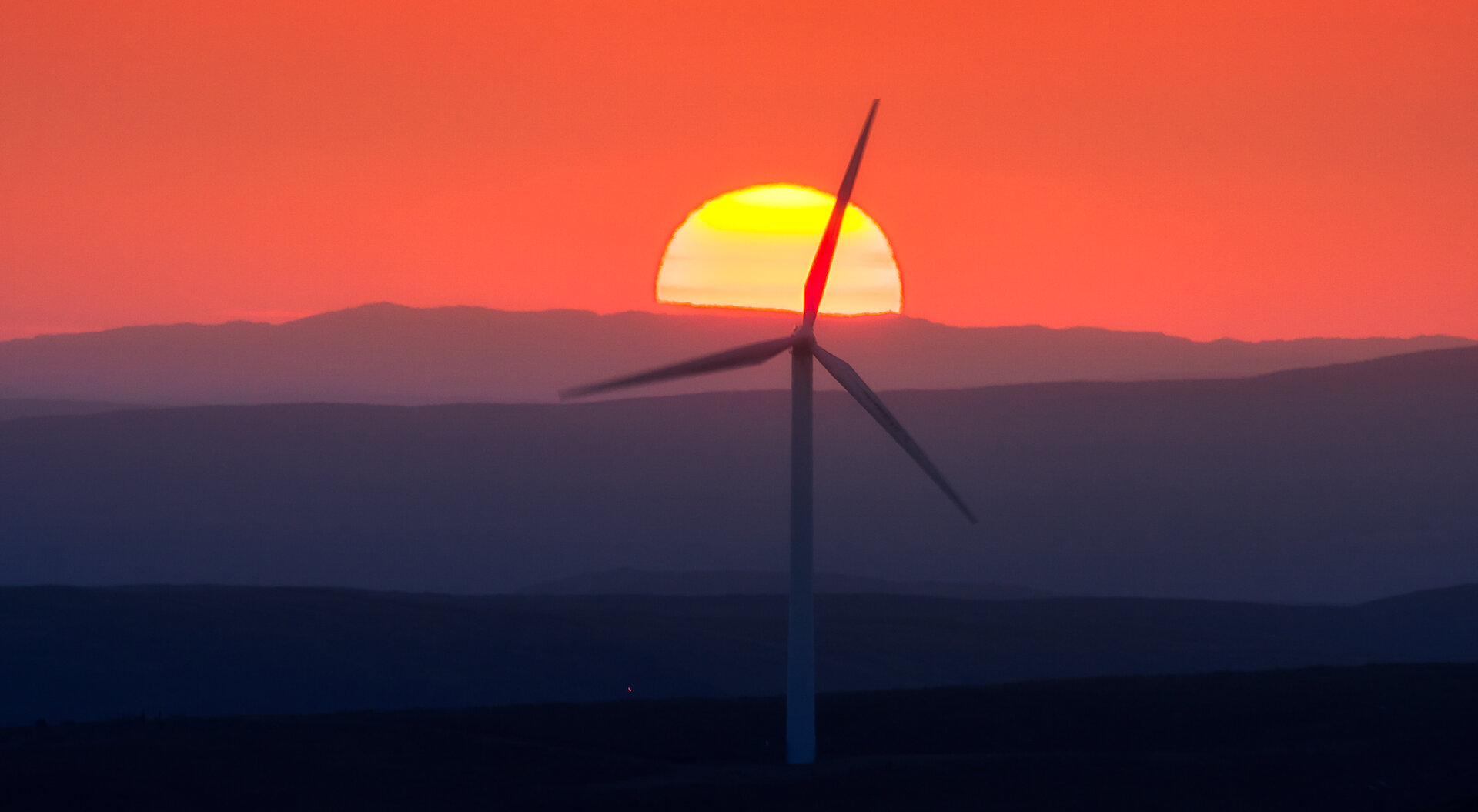Green hydrogen might be one of the key fuels of the future – a potential $12 trillion industry that could meet a quarter of the world’s energy needs by 2050, according to Goldman Sachs. An alternative to fossil fuels and batteries, green hydrogen differs from grey or blue hydrogen in that the water electrolysis that creates it is powered by renewable energy rather than carbon-emitting steam methane reforming.
And Shetland is well placed to become a world leader in this growing energy source – which has uses in everything from transport to aquaculture, medicine and the space industry, but has been held back by the relatively high costs of production, transport and storage.
The islands have ambitious plans to create green hydrogen on a large scale as part of the Orion Project (Opportunity, Renewables, Integration, Offshore Networks), a partnership between the Shetland Islands Council and the Oil and Gas Technology Centre in Aberdeen, involving Highlands and Islands Enterprise and the wider UK energy industry. Using existing infrastructure and know-how around the Sullom Voe terminal to create hydrogen is part of the project’s overarching ambition for Shetland to transition from fossil fuels to clean energy, using onshore and offshore wind to reduce emissions to net zero and reduce fuel costs on the islands.
Shetland hopes to export 350,000 tonnes of green hydrogen a year by 2050, around 12 per cent of the UK’s predicted demand, as well as producing the 60,000 tonnes needed to replace the diesel, petrol and marine oils currently used on the islands. “These are some of the most ambitious plans anywhere in the world,” says Gunther Newcombe OBE, a UK oil and gas industry stalwart who is consulting with the project. “It’s a chance for the islands to be an exemplar for the rest of the UK and the EU, while creating new jobs and opportunities on the islands.”

